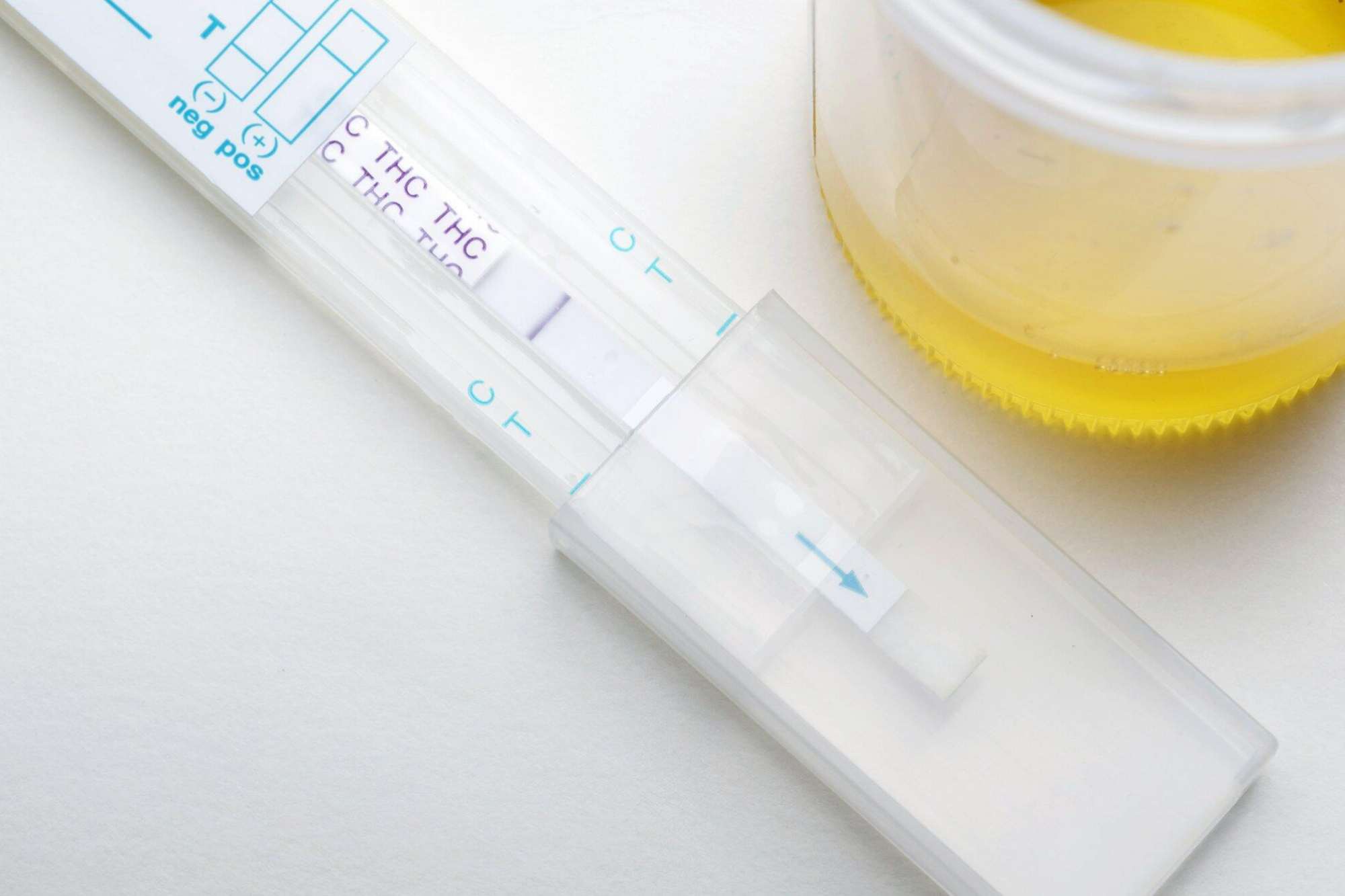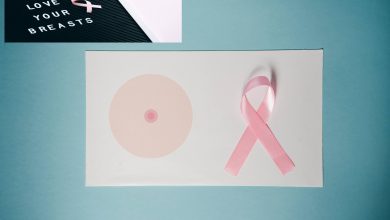In today’s fast-paced world, employment drug testing has become ubiquitous, serving different purposes like employment screenings and legal requirements.
One method that stands out is the 8 panel drug test-a powerful tool that detects multiple substances in a single analysis. Join us as we delve into the fascinating world of the 8 panel drug test, uncovering the secrets of its drug-detecting capabilities and evaluating its impressive accuracy.
Get ready for an eye-opening journey!
Table of Contents
Understanding the 8 Panel Drug Test
Before we dive into the specifics of the 8 panel drug test, let’s first understand what a urine drug test is all about. This method is widely used for substance screening because it’s convenient and non-invasive.
Basically, they collect a urine sample and analyze it to check for the presence of different substances. It gives us an idea of someone’s recent drug use.
Now, the 8 panel drug test is like a beefed-up version of the standard 5 panel drug test. The 5 panel test usually checks for five commonly abused substances cocaine, amphetamines, marijuana, opiates, and PCP. But the 8 panel test takes it a step further by including more substances. It gives a more comprehensive evaluation of someone’s drug use.
Type of Substances Detected
The 8 panel drug test is designed to identify a broader range of substances than its 5 panel counterpart. Here are the eight classes of drugs that the test can detect:
Marijuana (THC)
One of the most commonly tested substances, THC (tetrahydrocannabinol), the active component in marijuana, is detected by this drug test. This is crucial for many employers and organizations, as the use of marijuana can impact cognitive functions and pose safety risks in certain environments.
Cocaine
Cocaine, a stimulant that affects the central nervous system, is another substance detected by the 8 panel drug test. Its inclusion in the panel is vital due to the potential for increased alertness, euphoria, and the associated health risks.
Opiates (e.g., Heroin, Morphine)
This drug test screens for opiates, including morphine and heroin. Opiates are powerful analgesics that can have serious implications for an individual’s health and functionality, making their detection crucial in drug testing scenarios.
Amphetamines
This category includes drugs like methamphetamine and prescription medications for attention deficit hyperactivity disorder (ADHD). Detecting amphetamines is essential. They can lead to increased heart rate, elevated blood pressure, and other adverse effects.
Methadone
The 8 panel drug test includes methadone, a synthetic opioid. Doctors use methadone to treat opioid addiction. However, misuse of methadone can still pose risks. Its detection is vital for assessing an individual’s adherence to treatment plans.
Benzodiazepines
These drugs are commonly prescribed for anxiety, insomnia, and other conditions. However, their misuse can lead to sedation and impaired cognitive function. Detecting benzodiazepines is important for assessing an individual’s fitness for certain tasks.
Barbiturates
Barbiturates were once widely used as sedatives and anesthetics. They are now less common because of their side effects and the availability of safer alternatives. Their inclusion in this drug test is essential. It helps identify potential substance abuse issues.
Phencyclidine (PCP)
PCP is a dissociative anesthetic. It can cause hallucinations, delirium, and other unpredictable behaviors. Its inclusion is crucial for identifying individuals who may pose a risk to themselves and others.
How Accurate Are 8 Panel Drug Tests?
The accuracy of drug tests is a critical factor in their reliability. Several factors contribute to the overall accuracy of these tests:
Cut-off Levels
Each drug has a designated cut-off level, a specific concentration at which the test will register a positive result. The accuracy of a drug test depends on the appropriateness of these cut-off levels. It ensures that incidental exposure or minimal use does not trigger false positives.
Cross-Reactivity
Some substances may cross-react with the test, leading to false positives. The designers of this drug tests aim to enhance accuracy by minimizing cross-reactivity. This ensures that the results are specific to the substances being tested.
Laboratory Procedures
Proper procedures are crucial for drug tests, whether conducted on-site using a drug test cup or sent to a laboratory for analysis. Quality control measures, certified laboratories, and well-maintained equipment contribute to the accuracy of the results.
Recent Technological Advances
Advances in technology have improved the accuracy of drug tests. Modern 8 panel drug tests often use sophisticated methods, such as immunoassays and chromatography. This enhances their sensitivity and specificity.
False Positives and Negatives
No drug test is perfect, and both false positives and false negatives can occur. A false positive indicates the presence of a substance when it is not actually there. A false negative occurs when the test fails to detect a substance that is present.
To mitigate the risk of false results, confirmation tests are often employed. These tests use more advanced methods, such as gas chromatography-mass spectrometry (GC-MS) or liquid chromatography-mass spectrometry (LC-MS). They provide a higher level of accuracy.
The Role of Drug Test Cups
Drug test cups are super convenient and efficient, which is why they’re so widely used for these drug tests. These cups have multiple panels for testing different substances. This makes the collection and analysis process a breeze. Plus, they’re perfect for situations where you need results right away. They have quick on-site testing capabilities.
Drug test cups usually come with handy integrated test strips. Each one is specifically designed for a particular drug or drug class. Just collect you’re urine sample directly into the cup, and you’ll get results within minutes. This straightforward approach keeps things simple and minimizes the chances of sample tampering. So, it’s a win-win!
Ensuring Safety with 8 Panel Drug Tests
The 8 panel drug test is a really valuable tool for identifying a wide range of substances – yep, including marijuana, opioids, and amphetamines. It’s super comprehensive, which is why it’s a top choice in various settings.
We all work together to tackle substance abuse challenges. The 8-panel drug test remains crucial in creating safe environments and promoting responsible behavior. This test is often done with user-friendly drug test cups. It plays a major role in upholding standards and ensuring well-being in the workplace, sports competitions, and regulated settings.
Did you find this article helpful? Well, you’re in luck! On this page, you’ll find a bunch of informative and educational articles. Keep reading for more career, education, and life tips.





